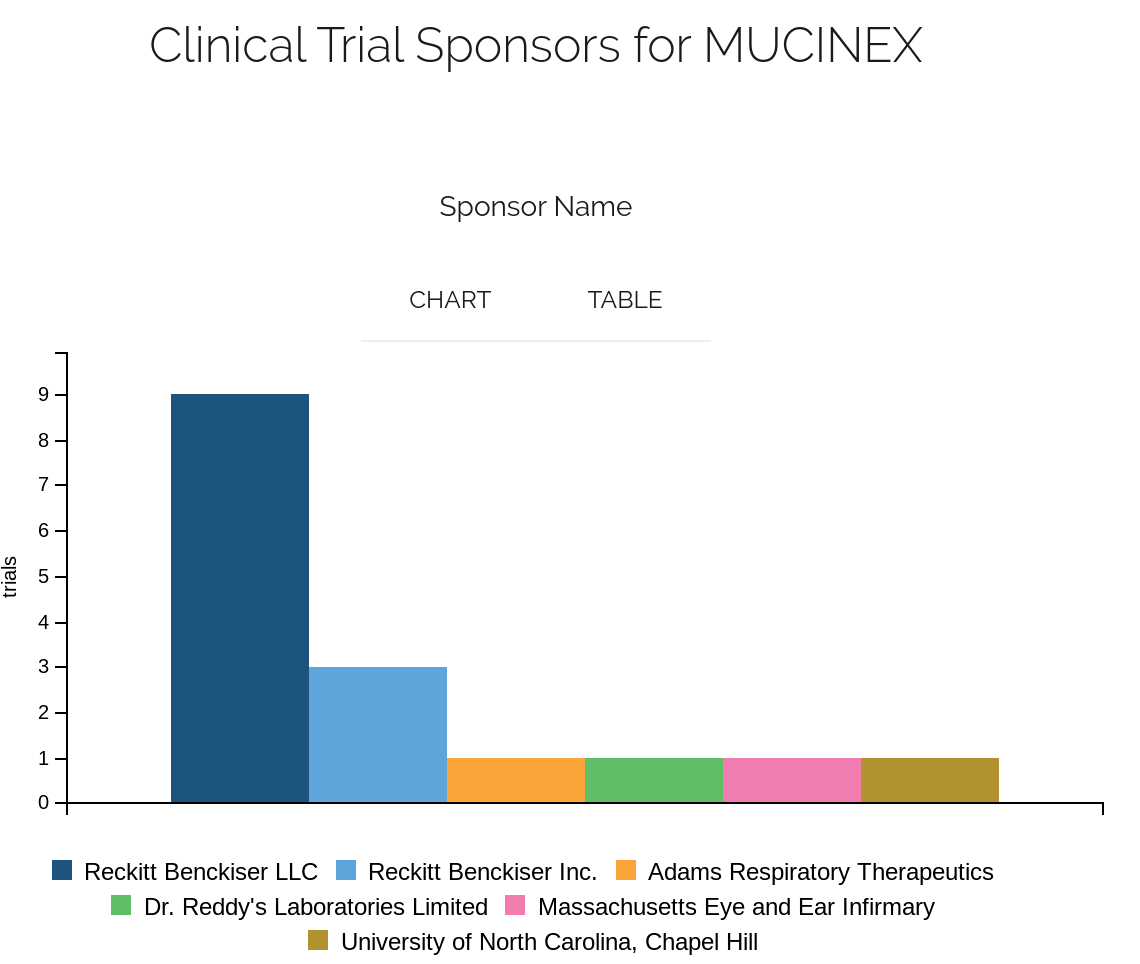Combination products have emerged as a fascinating frontier, blending the realms of pharmaceuticals, medical devices, and biotechnology. These hybrid creations present a unique set of challenges and opportunities when it comes to patent protection, making them a hot topic in the intellectual property world. As we dive into the intricate world of patents for combination products, we’ll explore the complexities, strategies, and potential rewards that await innovators and companies brave enough to venture into this exciting domain.
Understanding Combination Products
Before we delve into the patent landscape, let’s get a clear picture of what combination products actually are. Imagine a world where your asthma inhaler not only delivers medication but also monitors your breathing patterns and adjusts dosage accordingly. That’s the magic of combination products – they’re not just one thing, but a clever fusion of two or more regulated components that work together to create something greater than the sum of their parts.
Defining Combination Products
Combination products typically fall into one of three categories:
- Drug-device combinations (e.g., drug-eluting stents)
- Drug-biologic combinations (e.g., monoclonal antibody-drug conjugates)
- Device-biologic combinations (e.g., cell therapy delivery systems)
These innovative products are reshaping healthcare by offering more targeted treatments, improved patient compliance, and enhanced therapeutic outcomes. But with great innovation comes great complexity, especially in the realm of patent protection.
The Patent Puzzle: Why Combination Products Are Unique
When it comes to patenting combination products, we’re not just dealing with a simple “1+1=2” equation. These products often involve multiple components, each potentially patentable in its own right, working together in novel ways. This complexity creates both challenges and opportunities for innovators seeking to protect their intellectual property.
The Multi-Faceted Nature of Combination Product Patents
Patents for combination products may need to cover:
- Individual components (drug, device, or biologic)
- The combination as a whole
- Manufacturing processes
- Methods of use
- Delivery mechanisms
- Software or algorithms (for smart devices)
This multi-layered approach to patent protection requires a strategic mindset and a deep understanding of both patent law and the technical aspects of the product.
Navigating the Regulatory Maze
One of the biggest challenges in patenting combination products is the complex regulatory landscape. These products often fall under the jurisdiction of multiple regulatory bodies, each with its own set of rules and requirements.
The FDA’s Role in Combination Products
In the United States, the Food and Drug Administration (FDA) has established the Office of Combination Products (OCP) to help streamline the regulatory process for these innovative products. However, determining the primary mode of action (PMOA) of a combination product – which dictates which FDA center will take the lead in regulation – can be a complex process that impacts patent strategy.
Global Regulatory Considerations
For companies looking to protect their combination products internationally, the regulatory landscape becomes even more complex. Different countries have different approaches to regulating and patenting combination products, requiring a nuanced, global strategy.
Overcoming Patent Challenges for Combination Products
While the challenges of patenting combination products are significant, they’re not insurmountable. Let’s explore some strategies for overcoming these hurdles and maximizing patent protection.
Crafting a Comprehensive Patent Strategy
When it comes to combination products, a one-size-fits-all approach to patenting simply won’t cut it. Innovators need to develop a comprehensive patent strategy that covers all aspects of their product, from individual components to the synergistic effects of the combination.
“The key to successful patent protection for combination products lies in a multi-layered approach that anticipates future developments and potential competitor workarounds.” – Dr. Jane Smith, Patent Attorney specializing in Life Sciences
This strategy might include:
- Filing multiple patent applications covering different aspects of the product
- Utilizing both composition of matter and method of use claims
- Considering design patents for unique device components
- Protecting manufacturing processes and formulations
Addressing Obviousness Challenges
One of the biggest hurdles in patenting combination products is overcoming obviousness rejections. Patent examiners may argue that combining known elements is obvious and therefore not patentable. To counter this, inventors must be prepared to demonstrate:
- Unexpected synergistic effects
- Improved efficacy or safety profiles
- Novel solutions to long-standing problems
- Commercial success tied to the inventive combination
Leveraging Patent Term Extensions
Given the lengthy development and regulatory approval process for many combination products, patent term extensions can be a valuable tool for maximizing protection. In the United States, the Hatch-Waxman Act provides for up to five years of additional patent protection to compensate for regulatory delays.
Strategies for Maximizing Patent Term
To make the most of patent term extensions:
- File patent applications early in the development process
- Consider filing multiple applications to cover different aspects of the product
- Carefully track regulatory review timelines
- Engage with patent offices to expedite examination when possible
Collaboration and Licensing: Navigating Complex IP Landscapes
Many combination products are the result of collaboration between multiple entities, each bringing their own expertise and intellectual property to the table. This collaborative approach can create complex IP landscapes that require careful navigation.
Structuring Collaborative Agreements
When entering into collaborations for combination product development:
- Clearly define ownership of existing and newly developed IP
- Establish licensing agreements for necessary technologies
- Consider joint patent filings for collaborative inventions
- Develop a strategy for enforcing patent rights
The Global Patent Landscape for Combination Products
As the market for combination products expands globally, understanding international patent strategies becomes increasingly important.
Key Considerations for International Patent Protection
When developing a global patent strategy for combination products:
- Prioritize key markets based on market potential and regulatory landscape
- Utilize international patent filing systems like the Patent Cooperation Treaty (PCT)
- Be aware of differing patentability standards across jurisdictions
- Consider local manufacturing and technology transfer requirements
Emerging Trends in Combination Product Patents
The field of combination products is constantly evolving, driven by advances in technology and changing healthcare needs. Let’s explore some emerging trends that are shaping the future of patents in this space.
Digital Health Integration
As digital health technologies become more sophisticated, we’re seeing an increasing number of combination products that incorporate smart features, such as:
- Connected inhalers that track usage and provide reminders
- Implantable devices with remote monitoring capabilities
- Drug delivery systems with AI-powered dosage adjustment
These digital components add another layer of complexity to patent protection, often requiring expertise in both life sciences and software patents.
Personalized Medicine
The rise of personalized medicine is driving innovation in combination products tailored to individual patient needs. This trend is leading to new patent opportunities in areas such as:
- Companion diagnostics paired with targeted therapies
- 3D-printed medical devices customized for patient anatomy
- Gene therapy delivery systems
The Economic Impact of Combination Product Patents
Patents for combination products can have significant economic implications, both for individual companies and the healthcare industry as a whole.
Market Exclusivity and Competitive Advantage
Strong patent protection for combination products can provide:
- Extended market exclusivity
- Higher barriers to entry for competitors
- Increased company valuation and attractiveness to investors
According to a recent industry report, the global market for combination products is expected to reach $177.7 billion by 2026, growing at a CAGR of 9.2% from 2021 to 2026.
Balancing Innovation and Access
While patent protection incentivizes innovation, it’s important to balance this with the need for accessible healthcare. Policymakers and industry leaders must work together to find solutions that promote both innovation and affordability in the combination product space.
Case Studies: Success Stories in Combination Product Patents
Let’s examine a few real-world examples of successful patent strategies for combination products.
Case Study 1: Drug-Eluting Stents
Boston Scientific’s TAXUS Express2 drug-eluting stent system is a prime example of effective patent protection for a combination product. The company secured multiple patents covering:
- The stent design
- The drug coating formulation
- The method of drug delivery
- Manufacturing processes
This comprehensive patent strategy helped Boston Scientific maintain a strong market position and generate billions in revenue.
Case Study 2: Insulin Pens
Novo Nordisk’s FlexPen is another success story in the combination product patent landscape. The company’s patent portfolio includes protection for:
- The pen device design
- The insulin formulation
- Dose setting mechanisms
- Manufacturing methods
This multi-layered approach to patent protection has helped Novo Nordisk maintain its position as a leader in the diabetes care market.
Future Outlook: The Evolving Landscape of Combination Product Patents
As we look to the future, several factors are likely to shape the landscape of combination product patents:
- Advances in nanotechnology and materials science
- Increasing integration of digital health technologies
- Growing focus on personalized and precision medicine
- Evolving regulatory frameworks to keep pace with innovation
Innovators and patent professionals will need to stay agile and informed to navigate this rapidly changing field successfully.
Key Takeaways
As we conclude our deep dive into the world of patents for combination products, let’s recap the key points:
- Combination products present unique challenges and opportunities in patent protection due to their multi-component nature.
- A comprehensive patent strategy is essential, covering individual components, the combination as a whole, and methods of use.
- Overcoming obviousness rejections requires demonstrating unexpected synergies or improved outcomes.
- Navigating the complex regulatory landscape is crucial for effective patent protection.
- Collaboration and licensing agreements play a significant role in combination product development and patenting.
- Global patent strategies must account for differing regulatory and patentability standards across jurisdictions.
- Emerging trends like digital health integration and personalized medicine are shaping the future of combination product patents.
- Strong patent protection for combination products can provide significant economic benefits and competitive advantages.
By understanding these challenges and opportunities, innovators can develop robust patent strategies that protect their inventions and drive the future of healthcare forward.
FAQs
- Q: What is considered a combination product?
A: A combination product is a medical product that combines two or more regulated components (drug, device, or biologic) that are physically, chemically, or otherwise combined or mixed to produce a single entity. - Q: How long does patent protection last for combination products?
A: The standard patent term is 20 years from the filing date. However, combination products may be eligible for patent term extensions of up to 5 years to compensate for regulatory delays. - Q: Can a combination product be protected by multiple patents?
A: Yes, combination products often benefit from multiple patents covering different aspects such as individual components, the combination as a whole, manufacturing processes, and methods of use. - Q: How does the FDA regulate combination products?
A: The FDA’s Office of Combination Products (OCP) determines the primary mode of action (PMOA) of a combination product, which then dictates which FDA center will take the lead in regulation. - Q: What are some emerging trends in combination product patents?
A: Key trends include the integration of digital health technologies, personalized medicine applications, nanotechnology-based combinations, and the use of artificial intelligence in drug-device combinations.
References
- https://www.fda.gov/combination-products/about-combination-products
- https://www.fda.gov/combination-products/classification-and-jurisdictional-information
- https://www.fda.gov/drugs/development-approval-process-drugs/patent-term-restoration-and-hatch-waxman-amendments
- MarketsandMarkets Report: “Combination Products Market – Global Forecast to 2026”
- Boston Scientific Corporation Annual Report, 2023
- Novo Nordisk A/S Annual Report, 2023
























